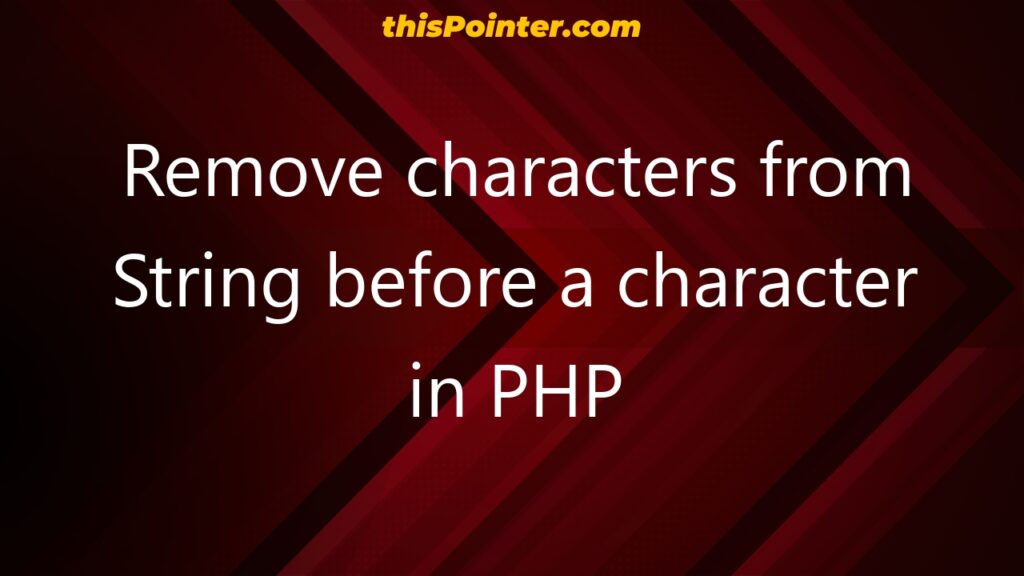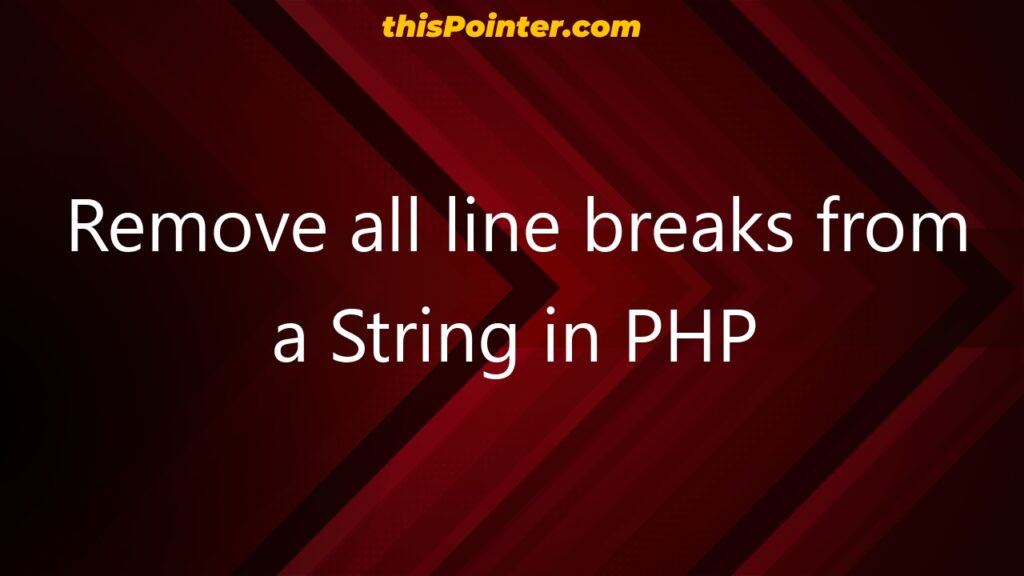Pointers in C/C++ for Beginners
Full Course [FREE]
We have created a Free Course on Pointers in C/C++ for Beginners. Learn the fundamental concept of Pointers in C/C++, the Dynamic Memory Allocation, and their practical applications.
This course starts from the basics of Pointers and gradually move to more advance topics like,
Basics of Pointers
Learn about the basics of Pointers. Like what is a Pointer and why do we need t. How to initialise & deference Pointers. Also, how to deal with Arrays using Pointers. n C/C++
Memory Management
Learn about the concept of Memory Management in C/C++. Understand the Memory Layout of a Program. Know about different functions for memory management in C and C++.
Advance Features
Learn about the complex types of pointers like Constant Pointer and Pointer to Constant. Also understand about the nitty gritties of Null Pointers, Dangling Pointers & Memory Leaks.
Gain the confidence to write efficient code and unlock new possibilities in your programming journey. Start Now and elevate your coding skills!
Latest Posts

Remove a SubString from a String in PHP
VarunThis article, will discuss multiple ways to remove a substring from a string in PHP. Table Of Contents Background Solution 1: Using str_replace() Solution 2:…

Remove the BOM (Byte Order Mark) from a String in PHP
VarunThis article, will discuss multiple ways to remove the bom (byte order mark) from a string in PHP. Table Of Contents Background Solution: Using preg_replace()…

Remove a string after the last slash in PHP
VarunThis article, will discuss multiple ways to remove a string after the last slash in PHP. Table Of Contents Background Solution 1: Using strrpos() and…

Remove characters from String before a character in PHP
VarunThis article, will discuss multiple ways to remove characters from string before a character in PHP. Table Of Contents Background Solution 1: Using strstr() Solution…

Remove all line breaks from a String in PHP
VarunThis article, will discuss multiple ways to remove all line breaks from a string in PHP. Table Of Contents Background Solution 1: Using str_replace() Solution…

Remove accents from a String in PHP
VarunThis article, will discuss multiple ways to remove accents from a string in PHP. Table Of Contents Background Solution 1: Using iconv() Solution 2: Using…